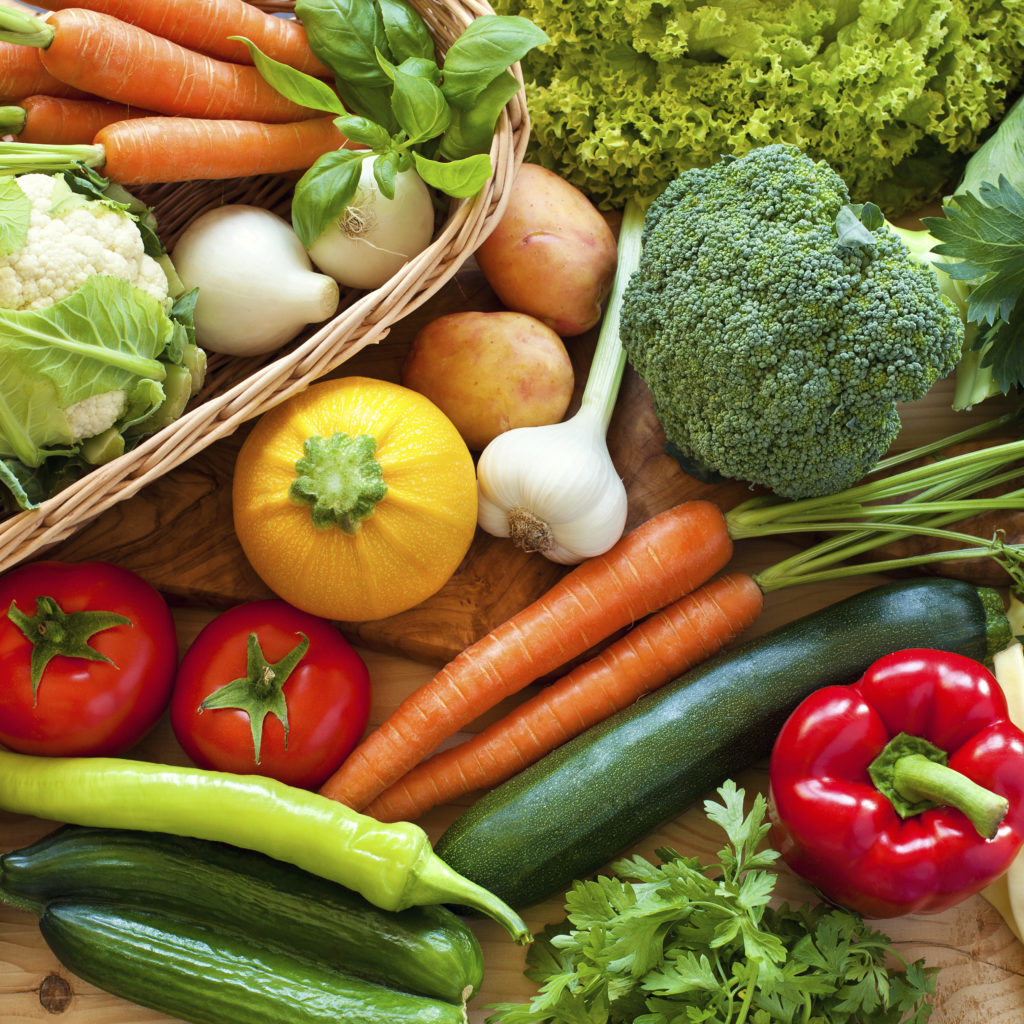A vegetable medley makes a simple but satisfying addition to dinner by bringing a welcome mixture of colors and flavors to the table. Students working toward an online culinary arts certificate will find there are countless ways to mix and match produce to achieve just the right taste and texture. Try out a couple of these approaches, and then explore making creative additions to bring out the best in your favorite veggies.
In cold months, find comfort in roasted veggies
“Adapt by embracing the available ingredients.”
In the winter, your produce choices can seem limited. However, you can adapt by embracing the ingredients available during the colder times of year with a truly hearty take on vegetable medley. The New York Times provided a recipe for roasted winter vegetables that can be great by itself or as part of a frittata or omelet.
Line two baking sheets with parchment paper. Set diced pieces of butternut squash on one pan and chopped carrot, parsnip, fennel and onion on the other one. Toss the contents of each sheet with extra-virgin olive oil, salt, pepper and your choice of fresh herbs, such as thyme or rosemary.
Roast at 425 degrees Fahrenheit for 20 minutes, stirring once. Reduce the heat to 400 degrees and cook for another 10 to 20 minutes. Stir about halfway through, watching for the veggies to caramelize and keeping in mind that the squash might finish earlier. Once everything is tender, mix the squash in with the other vegetables.
Celebrate the spring
When the weather warms up, you want to show off the abundance of delicious vegetables that are readily available. That doesn’t necessarily mean you have to stop cooking at high heat, however. The directions for roasted spring vegetables from Bon Appetit ensures highly concentrated flavor that accentuates the sweetness in your selection of produce.
Cut down carrots, asparagus, radishes, spring onions and sugar snap peas into pieces of approximately the same size. In a large bowl, mix the veggies with four unpeeled garlic cloves, two tablespoons of olive oil, salt and pepper. Transfer onto a rimmed baking sheet.
Cook at 450 degrees for 10 minutes. Stir and then roast another 10 minutes, or until the vegetables become a golden brown with areas of charring.

Combining different vegetables can enhance your dish.
Achieve superior taste by sauteing
If your oven is occupied with the entree or you just feel like taking a different approach to bringing together fresh flavors, opt for sauteing. The Food Network provided directions for preparing an assortment of veggies, like cauliflower, broccoli, carrots, radishes and green beans. Start by blanching the produce in a pot of boiling water – cooking each type of vegetable separately – and refreshing them in ice water to maintain the ideal color and texture.
Move the vegetables into a bowl and mix them together. Add butter and water to a saute pan over medium heat. Throw in the vegetables and increase the heat to medium-high.
Cook for three to four minutes, carefully tossing the veggies by shaking the pan. When they cook through, add salt, pepper and fresh herbs like parsley, dill or basil.
Go green
You don’t have to use a lot of different colors to make a beautiful plate of vegetables, as Ina Garten demonstrated with her green-oriented approach to spring vegetables. First, blanch French string beans, sugar snap peas, asparagus and broccolini in salted water. After cooking each vegetable for one to two minutes, move them to a bowl of ice water.
Add butter and olive oil to a saute pan on medium heat. Cook sliced shallots for five minutes, occasionally tossing. Then, toss in the vegetables, salt and pepper and cook until heated through.



